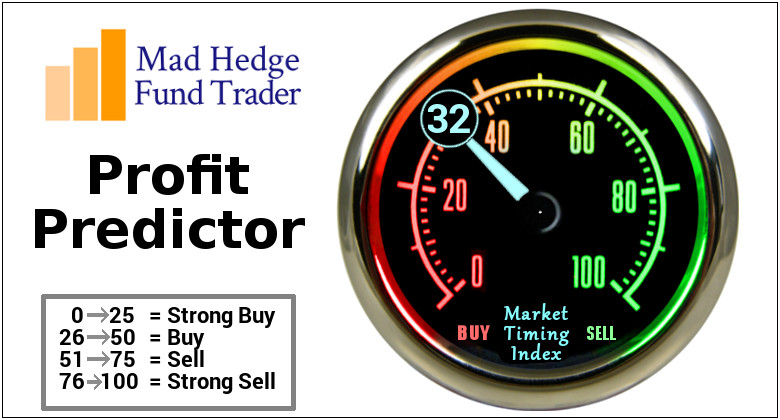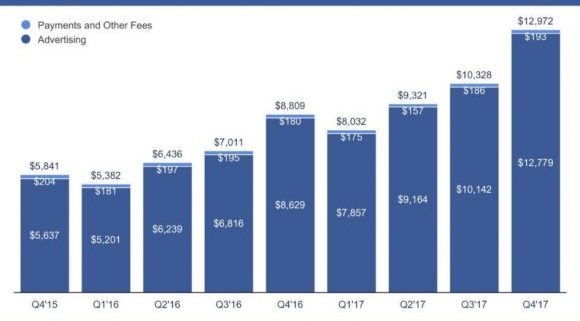With the Weekly Jobless Claims bouncing around a new 43-year low at 220,000, it's time to review the state of the US labor market.
Yes, I know this research piece isn't going to generate an instant Trade Alert for you.
But it is essential in your understanding of the big picture.
There are also thousands of students who read my website looking for career advice, and I have a moral obligation to read the riot act to them.
With a 4.1% headline unemployment rate, the US economy is now at its theoretical employment maximum. If you can't get a job now, you never will.
We may see a few more tenths of a percent decline in the rate from here, but no more. To get any lower than that you have to go all the way back to WWII.
Then there was even a shortage of one-armed, three-fingered, illiterate recruits with venereal disease, the minimum US Army recruitment standards of the day.
Speaking to readers across the country and perusing the Department of Labor data, I can tell you that not all is equal in the jobs market today.
You can blame America's halls of higher education, which are producing graduates totally out of sync with the nation's actual skills needs.
Take a look at this table of graduating majors to job offers, and you'll see what I am talking about:
Major - Job Offers Offered per Graduating Major
Computer Science - 21:1
Engineering - 15:1
Physical Sciences (oil) - 13:1
Humanities - 5:1
Business and accounting - 4:1
Economics - 4:1
Agriculture - 2:1
Education - 0.4:1
Health Sciences - 0.2:1
To clarify the above data, there are 21 companies attempting to hire each computer science graduate today, while there are five kids battling it out to get each job in Health Sciences.
To understand what's driving these massive jobs per applicant disparities, take a look at the next table nationally ranking graduating majors desired by corporations.
Graduating Majors Desired by Employers
81% - Business and Accounting
76% - Engineering
64% - Computer science
34% - Economics
21% - Physical Science
12% - Humanities
5% - Agriculture
2% - Health Science
There is something screamingly obvious about these numbers.
Colleges are not producing what employers want.
This is creating enormous imbalances in the jobs market.
It explains why computer science students are landing $150,000-a-year jobs straight out of school, complete with generous benefits and health care. Many employers in Silicon Valley are now offering to pay down student debt in order to get the most desirable candidates to sign a contract.
In the meantime, Health Sciences and Humanities graduates are lucky to land a $25,000-a-year posting at a nonprofit with no benefits and Obamacare. And there are no offers to pay down student debt, which can rise to as much as $200,000 for an Ivy League degree.
Agriculture grads usually go to work on a family farm, which they eventually inherit.
As a result of these dismal figures, the character of American education is radically changing.
With students now graduating with an average of $35,000 in debt, no one can afford to remain jobless upon graduation for long.
That's why the number of Humanities graduates has declined from 9% in 2012 to 6% today.
Colleges are getting the message. Since 1990, one-third of those with the words "liberal arts" in their name or prospectus have dropped the term.
Students who do stick with anthropology, philosophy, English literature, or history are learning a few tricks as well.
Add a minor in Accounting and Management and it will increase your first-year salary by $13,000. Toss in some Data Base Management skills, and the increase will be even greater.
And online marketing? The world is your oyster!
These realities have even come home to my own family.
I have a daughter working on a PhD in Education from the University of California, and the mathematics workload is enormous, especially in statistics.
It is all so she can qualify for government research grants upon graduation.
The students themselves are partly to blame for this mismatch.
While recruiters report an average of $45,000 a year as an average first year offer, the graduates themselves are expecting an average first-year income of $53,000.
Companies almost universally report that interviewees have a "bloated" sense of their own abilities, poor interviewing skills, and unrealistic pay expectations.
Some one-third of all applicants are unqualified for the jobs for which they are applying.
The good news is that everyone gets a job eventually. A National Association of Colleges and Employers survey says that companies plan to hire 5% more college graduates than last year.
And where do all of those Humanities grads eventually go.
A lot become financial advisors.
Just ask.

Sorry, STEM Students Only!





















